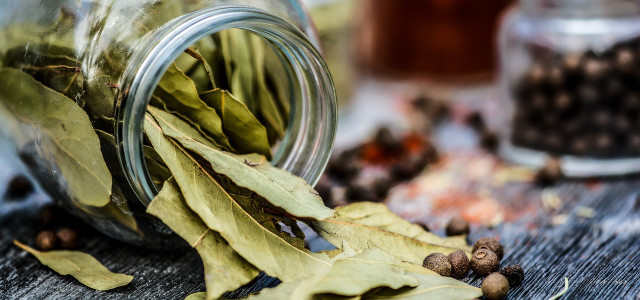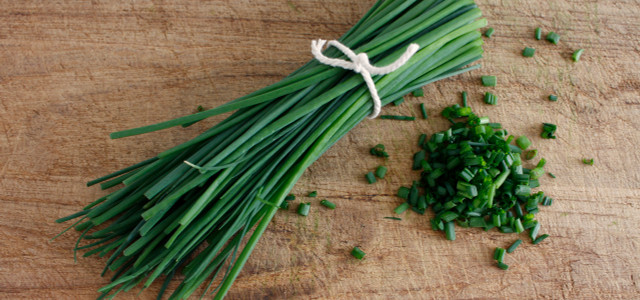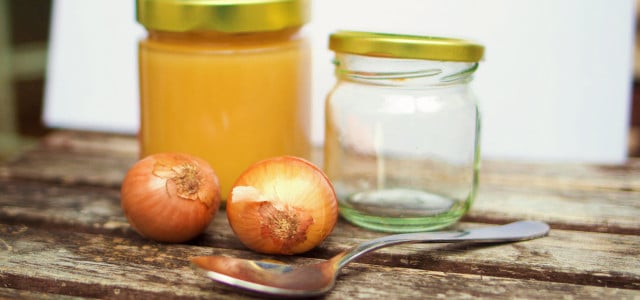Can you eat bay leaves? Yes. Bay leaves have a distinct, aromatic quality that adds flavor to many dishes. We'll look at what bay leaves are and the best way to use them.
Long ago, bay leaves adorned the heads of Roman and Greek emperors, Olympians and artists. Long recognized as a symbol of honor and success, there is much more to the bay leaf than just its historical merits.
Can you eat bay leaves? Yes. Bay leaves are a traditional ingredient in many cuisines, adding depth and subtle to your kitchen creations. The leaves, which come from laurel trees, are used in cooking as an aromatic. Most bay leaves are sold in dried form and emit a slightly floral, minty scent.
There are two main types of bay leaf: Turkish and Californian. The Turkish variety, the most commonly available dried, is notable for its short and broad leaf. The Californian option is differentiated by its long, slender leaf. It has a slightly mintier taste than its Turkish cousin and is easier to find fresh.
You can buy bay leaves whole or in powder form. Most people choose to buy them variety, as bay leaf powder can be overpowering and is easier to overdo in a recipe by mistake.
Can You Eat Bay Leaves?
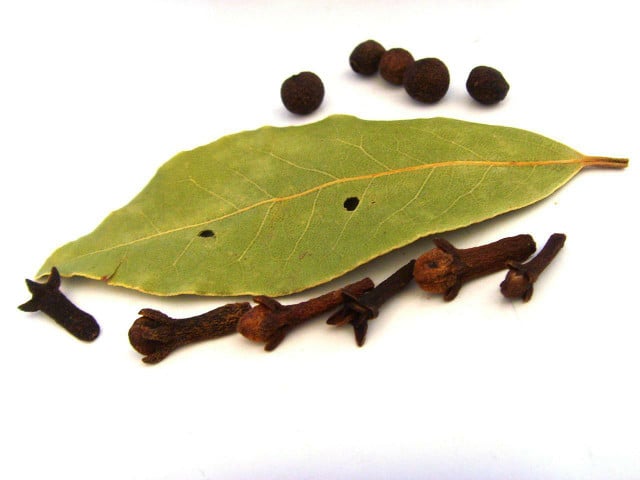


(Foto: CC0 / Pixabay / Lebensmittelfotos)
Bay leaves have a tough texture, making them easy to fish out of a dish after cooking but not so nice to chew raw. Even after cooking, you will find that the leaves often maintain their rigid structure.
Furthermore, the thick, leathery leaves often have sharp pointy ends and stems. If eaten raw, you may cut your mouth or insides. There is also a risk of choking — another reason many remove the leaves after use. Because bay leaves don’t really soften during cooking, you should not be tempted to chop them up, as digging the small pieces out will be difficult and likely interrupt the enjoyment of your meal.
Bay leaves are, therefore, best used in dishes where you can easily remove them, such as soups and sauces. The good news is that they can be adapted for many other recipes. Add them at the beginning of the cooking process to get the maximum benefits, allowing ample time for flavors to meld.
8 Bay Leaf Recipes
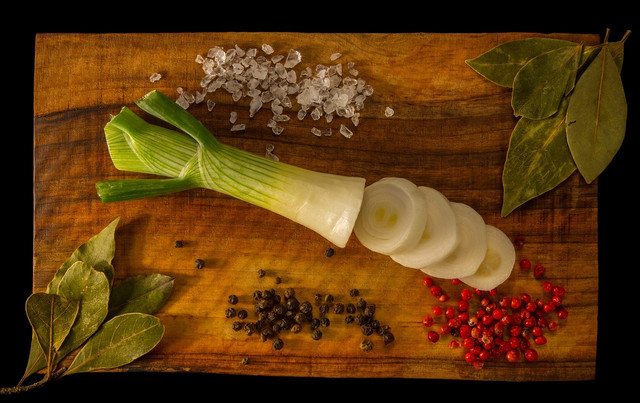


(Foto: CC0 / Pixabay / 2772799)
While the answer to “Can you eat bay leaves?” is “preferably not,” using them in your recipes adds dimension and depth to your meals. Put them in soups, sauces and stews, or try one of the following eight delicious recipes. The bay leaf might just become one of your favorite ingredients.
- The Best Vegan Chili Recipe You Need to Try
- Delicious 12 Ingredient Vegan Borscht Recipe
- How to Make Basil Pesto: Traditional and Vegan Recipe
- Pickled Cherries Recipe to Preserve the Flavor
- Congri Rice: How to Make Vegan Arroz Congri
- Vegan Arepas: Simple Recipe + 7 Filling Ideas
- Kombucha Cocktails: 3 Recipes to Try in 2022
- Strawberry Syrup: A Simple Recipe
Read more:
- Herbs to Plant Together: Companion Planting with Herbs
- Benefits of Green Juice: Is It Good For You?
- 12 Herbs For Your Kitchen Garden
Do you like this post?






